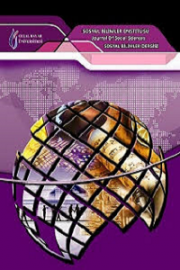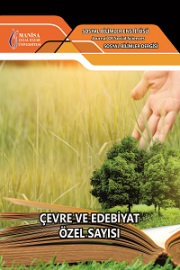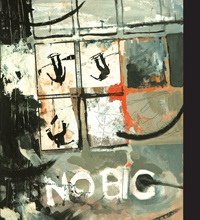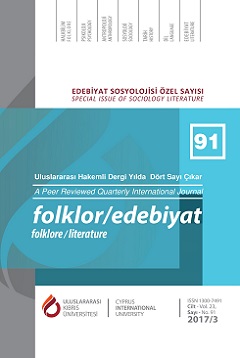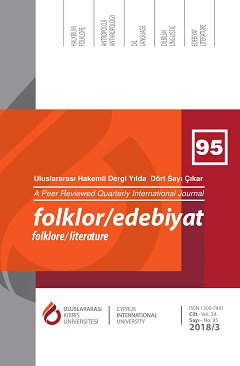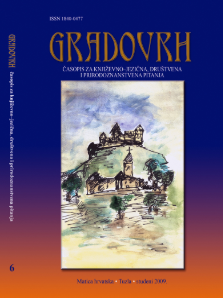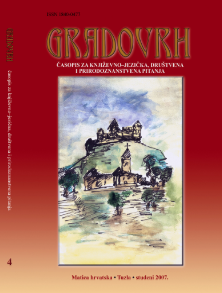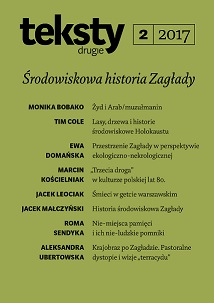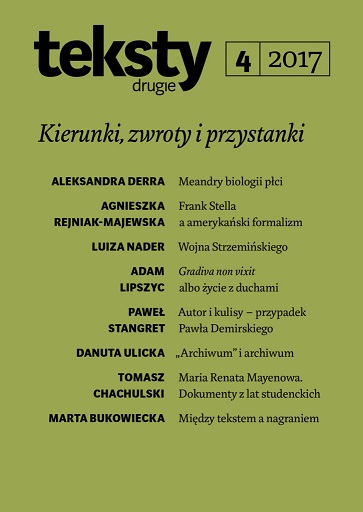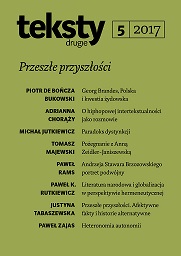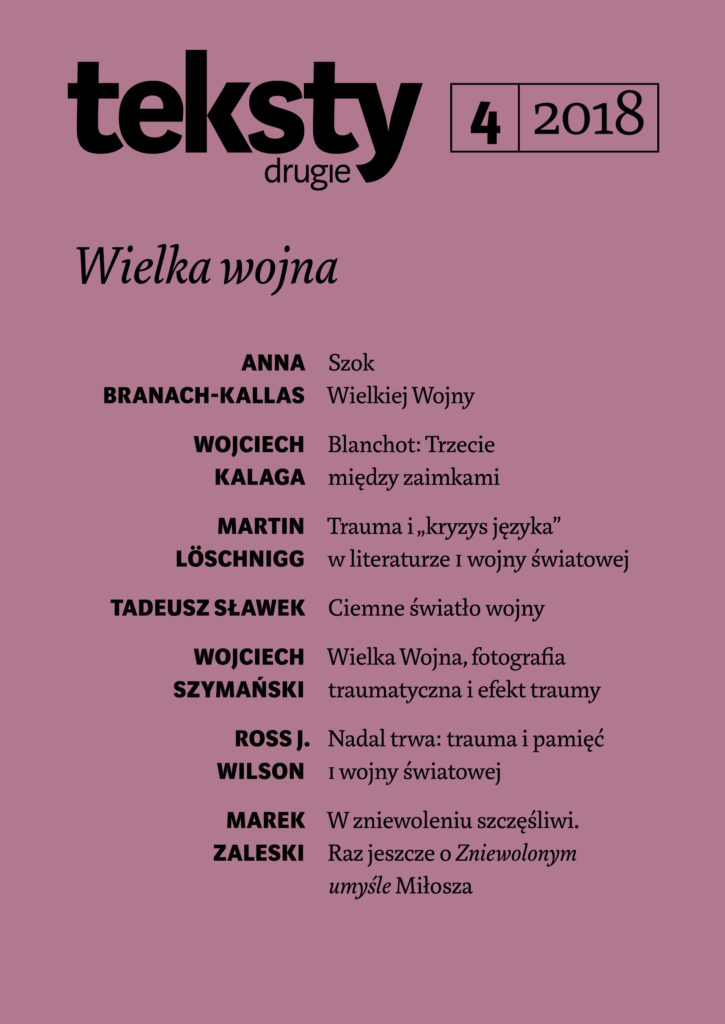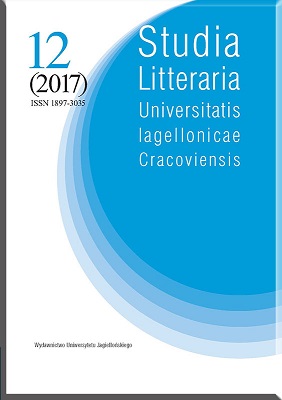Hiciv Kavramı Açısından Ahmet Midhat Efendi’nin “Felatun Bey ile Rakım Efendi” Romanında Yanlış Batılılaşma
The increasing modernization of the Tanzimat period modelled on Western civilization created an alla Francia (alafranga, exemplifying modernist ideas and trends) people alienated to the values of their own society and wobbled between two civilizations due to a misconception of westernization. However, the novel, mirror of the society, is seen as an instrument that will develop a path to modernization by edifying the society with Tanzimat. A prominent figure in promoting the role of the novel as an instrument of modernization, Ahmed Midhat Efendi with the appellation of “Hâce-i Evvel” brings in such people in order to contribute to the modernization of the society. In pursuit of a correct interpretation and comprehension of westernization, Ahmed Midhat Efendi humiliates the people who misconceive Westernizing by satirizing them in the novel “Felatun Bey ve Rakım Efendi”. The aim of satire, a method of social criticism, is to give a message of truth to the society via subtle associations. Another important feature of the satire is that it is derisive, insulting and even somehow profane. Satire features a critical-analysis identity as it reveals faults and bad intentions. In this context, the first novel to satirize the misconception of Westernizing via thorough examination and with a pervasive satirical undertone is “Felatun Bey ve Rakım Efendi”. The novel also assumes a social feature in that it essentially consists of all the sociological colors of the Tanzimat society. In the novel, various styles and tones of the satire including mockery by caricaturizing, irony, and overstatement were used, with a view to teaching the society a lesson through the satirical components by displaying not only the bad but also the good as a role model. Thus, the novel has become a sociological criticism.
More...
